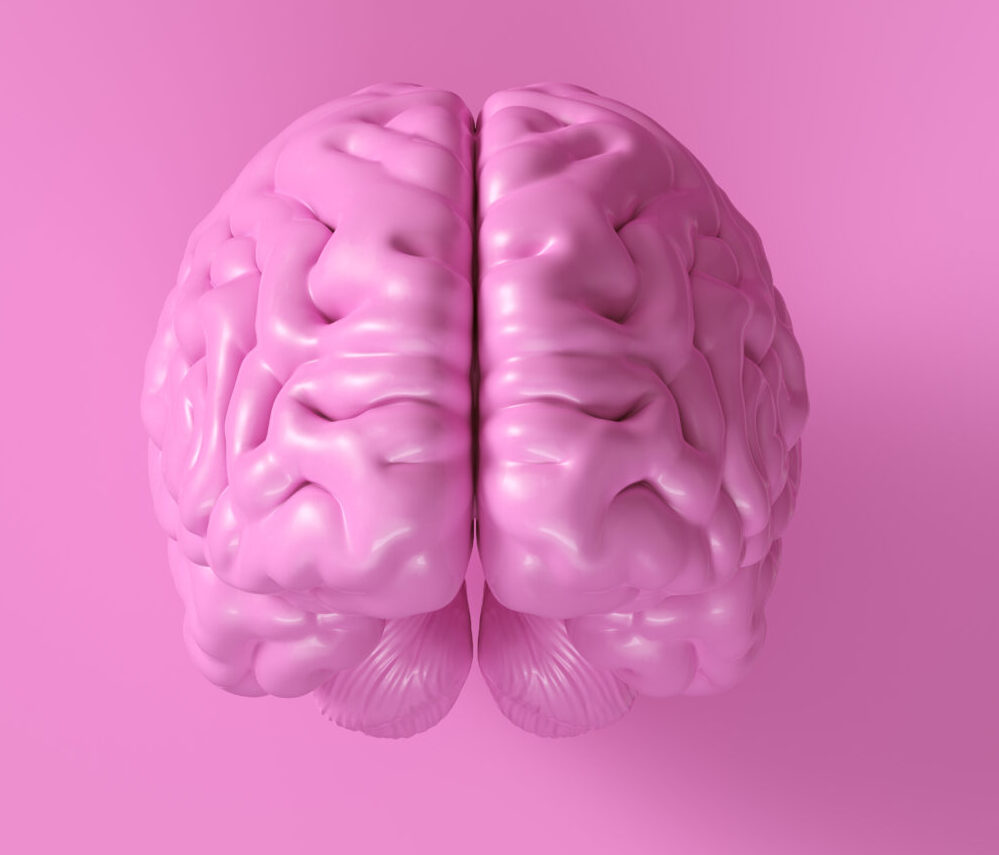Deciphering the Role of Protein–Protein Interactions in Alzheimer’s
### Deciphering the Role of Protein-Protein Interactions in Alzheimer’s
Alzheimer’s disease is a complex condition that affects millions of people worldwide. While we have made significant progress in understanding the disease, there is still much to learn about its underlying mechanisms. One crucial area of research is the role of protein-protein interactions in Alzheimer’s. In this article, we will explore how these interactions contribute to the development and progression of the disease.
#### The Amyloid Cascade Hypothesis
One of the most widely accepted theories about Alzheimer’s is the amyloid cascade hypothesis. This theory suggests that the buildup of a protein called amyloid beta (Aβ) in the brain is a key factor in the development of the disease. Aβ is derived from another protein called amyloid precursor protein (APP). When APP is processed by enzymes called beta- and gamma-secretase, it is split into smaller pieces, one of which is Aβ. Normally, Aβ is harmless, but in Alzheimer’s, it clumps together and forms plaques that damage brain cells.
#### Protein-Protein Interactions in Alzheimer’s
Protein-protein interactions are essential for many biological processes, including those involved in Alzheimer’s. In the context of the amyloid cascade hypothesis, the interaction between APP and the enzymes that process it is critical. Mutations in the genes that code for these enzymes, such as presenilin-1 (PSEN1), can affect how APP is processed. These mutations can lead to the formation of longer, more toxic forms of Aβ, which are more likely to clump together and cause damage.
Recent studies have shown that mutations in PSEN1 can cause the processing of APP to stall, leading to the accumulation of intermediate forms of the protein. This stalling of the proteolytic process is thought to be a major contributor to the development of Alzheimer’s, even in the absence of Aβ plaques[1].
#### TDP-43 and Tau: New Players in the Game
In addition to Aβ, two other proteins, TDP-43 and tau, have been implicated in Alzheimer’s. TDP-43 is a protein that is involved in the regulation of gene expression, while tau is a protein that helps stabilize microtubules in neurons. In Alzheimer’s, both proteins are found in abnormal forms that contribute to neurodegeneration.
Research has shown that TDP-43 and tau often interact with each other in diseased brains, but the nature of this interaction is not fully understood. A recent study aims to uncover the complex relationship between these two proteins using techniques like nuclear magnetic resonance (NMR) and surface plasmon resonance (SPR). The goal is to identify new targets for therapy that can disrupt harmful interactions between TDP-43 and tau[3].
#### Microglia and Neuroinflammation
Microglia are the brain’s immune cells, and they play a crucial role in responding to neurodegenerative cues. In Alzheimer’s, microglia become less reactive and less effective at clearing out damaged cells and proteins. This reduced reactivity is partly due to changes in the expression of certain receptors, such as P2RY12, which can affect microglial function.
Research has shown that conditional knockout of P2RY12 in mice can lead to hyperactivity and altered behavioral responses, suggesting that microglial function is critical for maintaining normal brain function. Understanding how microglia interact with other proteins and how they respond to neurodegenerative signals is essential for developing new treatments for Alzheimer’s[4].
#### Conclusion
Deciphering the role of protein-protein interactions in Alzheimer’s is a complex task that requires a multidisciplinary approach. By understanding how proteins like APP, TDP-43, and tau interact with each other and with other cellular components, researchers can identify new targets for therapy. The amyloid cascade hypothesis remains a cornerstone of Alzheimer’s research, but recent findings suggest that





